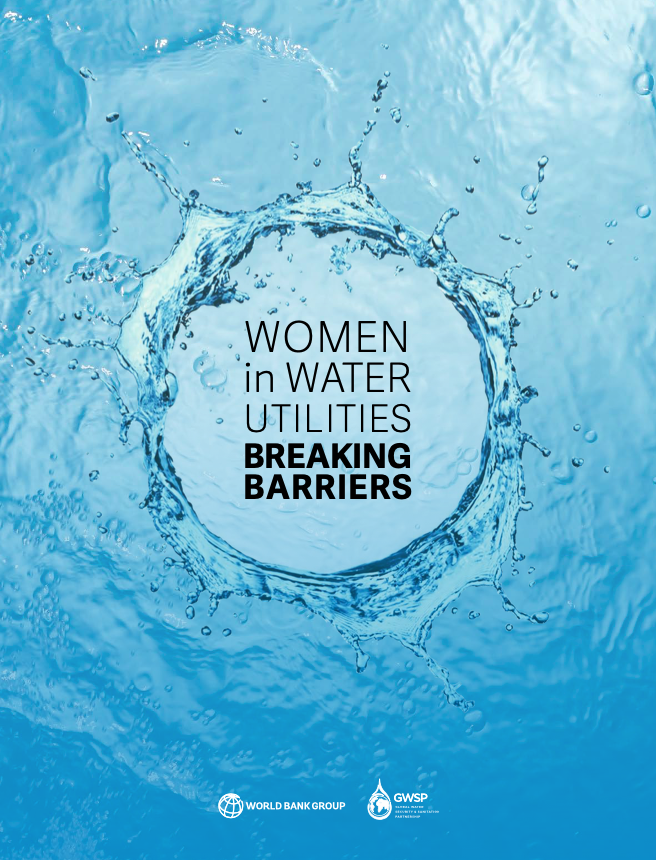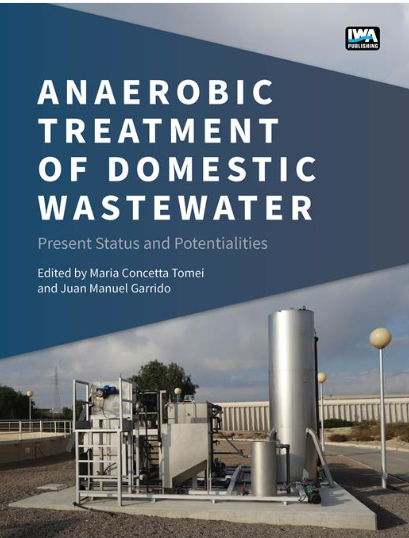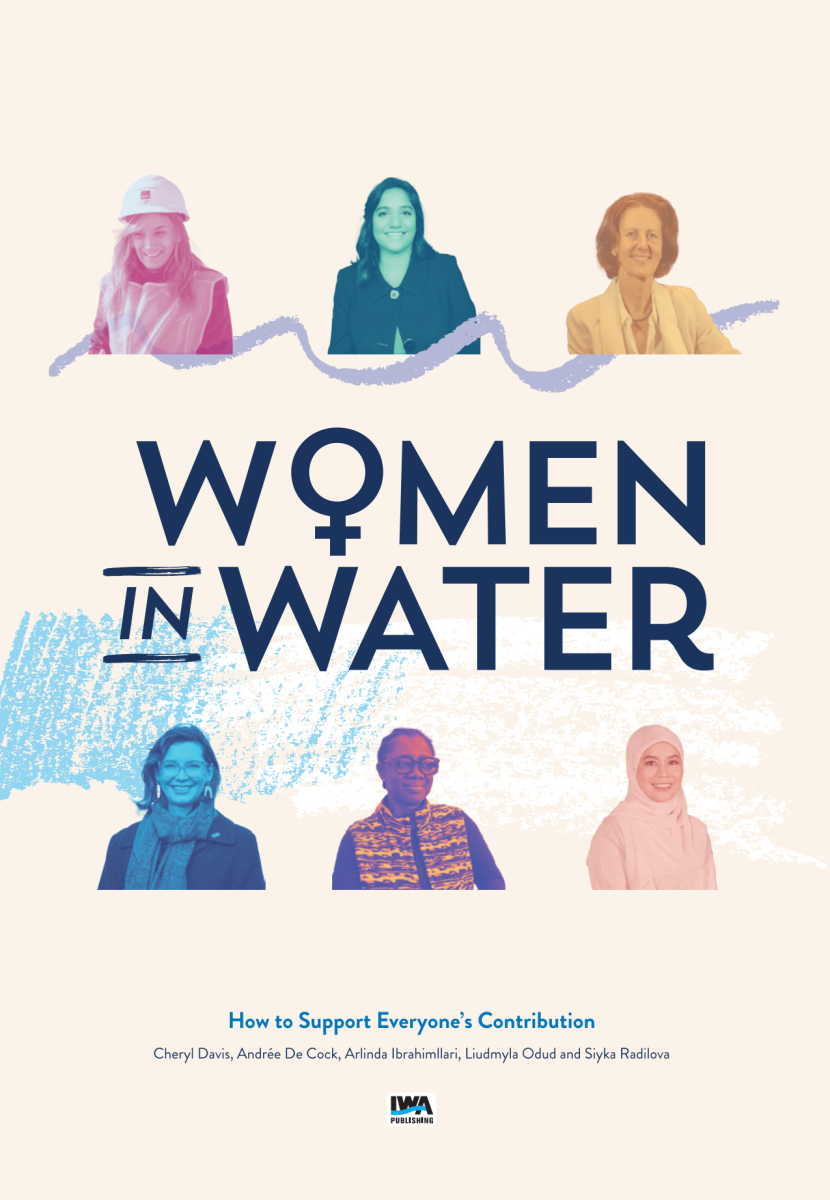Only 85 percent of the world’s urban population has access to clean, readily available drinking water. Even fewer people—47 percent of urban dwellers—have access to safely managed sanitation facilities. This gap in water access is expensive and unequal: poor sanitation affects health, productivity, and the environment, costing an estimated $260 billion annually and disproportionately affecting women and children. Poor sanitation increases disease, infant mortality, and work and school absenteeism. Contaminated water and inadequate sanitation in developing countries, for example, cause roughly 675,000 premature deaths per year, mainly among children, and also impact women as their primary caretakers.
This brief highlights how involving women in service design, tariff structures, and the water and sanitation workforce itself not only helps cities reap the benefits of women’s greater social and economic engagement but also enhances service provision, safety, and cost recovery.




